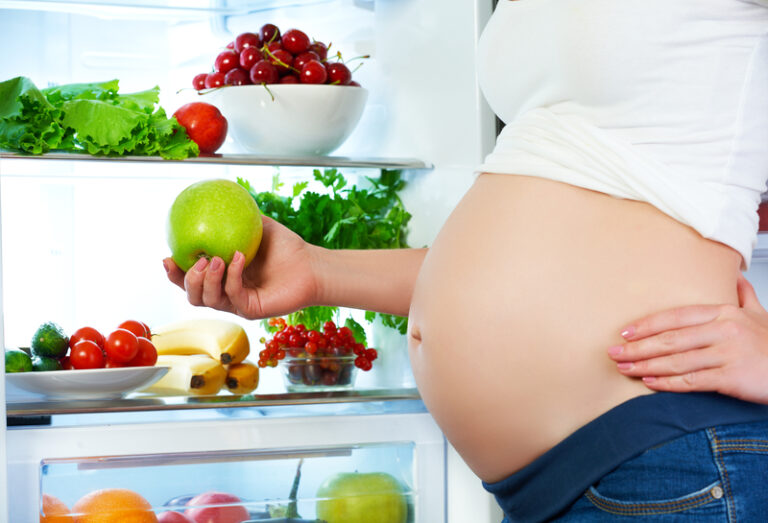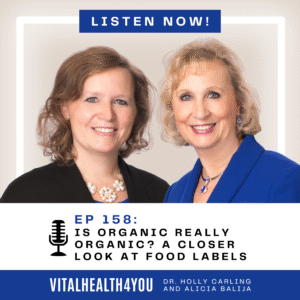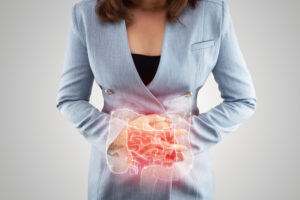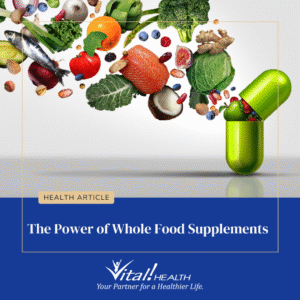In most cultures in earlier centuries, there was a deliberate focus on the nutritional health of women in pre-conception and conception years. Though the term “nutrition” wasn’t applied until the last century for the most part, it was innately understood that a woman had to prepare to have a baby. It wasn’t a “Whoops! I’m pregnant! I’d better start being more conscious of what I put or don’t put into my mouth now!” It was more like “You are of child-bearing years, you need to prepare your body”.
Many cultures had “sacred foods” – foods that were considered choice foods for a healthy baby. Foods that may disgust a lot of people today, like liver, heart, bone broth, fish head soup, miso, seaweeds, raw eggs, bone marrow, lots of green leafy veggies, etc. These are all nutrient dense foods that have been found today, to be nutritionally building. These foods were eaten in concentrated amounts about a year from planned marriage or conception, to prepare for birth. Then they were continually eaten during pregnancy and about a year after delivery to assist in recovery and good milk for the baby.
In the news in the US and abroad in 2013 and 2014 topics about the longevity of parents vs. children born after the year 2000 were popular. In general, they are saying they don’t expect today’s kids to live as long as today’s elderly do. This is due to health conditions such as obesity and diabetes that are affecting children at younger ages. Heart disease, dementia, osteoporosis, cancer and other diseases once associated with “just growing old”, are now afflicting the world’s population at younger and younger ages. How do we stop this craziness?
We start with prenatal nutrition! We’ve handled the issues of “childbed fever”, birth complications (such as what to do about a cord wrapped around a baby’s neck, babies stuck in the birth canal, or hemorrhaging), sanitation, etc. Now we have to go back to the strong moms who ate well (didn’t eat processed foods), and knew innately how to prepare for pregnancy and delivery. But it isn’t that easy. The internet is replete with crazy ideas that influence women in such a way that they don’t know where to begin.
Unfortunately, it isn’t just about pregnancy and delivery, but the ability to conceive in the first place. With radical drops in sperm counts, motility and morbidity and women with issues with ovaries, fallopian tubes and implantation, not to mention hormones, infertility is of major concern in the more developed countries.
We have more control over conception, the health of our babies and of our genetic propensities than we have previously acknowledged.
©2018 Holly A. Carling, O.M.D., L.Ac., Ph.D.







